1. Understanding Tire Pressure and Performance
1.1 The basics: PSI and why it matters
Tire pressure, measured in PSI (pounds per square inch), directly affects how your bicycle or vehicle performs. When tires are underinflated, they create more rolling resistance. When overinflated, they lose grip and become harsh on bumpy roads. A balanced pressure ensures you get optimal efficiency, safety, and comfort.
1.2 It’s not just a number—it’s your ride’s foundation
Whether you’re a city commuter or a weekend trailblazer, your tire pressure defines how your wheels connect to the ground. Every decision you make—from acceleration to cornering—is shaped by this fundamental yet often overlooked component. That’s why professionals and long-time cyclists alike monitor it religiously.
2. How Tire Pressure Impacts Speed and Control
2.1 Too low: sluggish and sloppy
Underinflated tires deform more under load, causing increased rolling resistance. This not only drains your energy faster if you're cycling but also adds strain on your vehicle’s fuel consumption and tire wear. For cyclists, it’s like pedaling through mud.
2.2 Too high: fast but risky
On the flip side, overinflated tires reduce the contact patch with the ground, decreasing traction. While this may feel faster on smooth terrain, it makes the ride unstable on uneven roads or during turns. For cars, that means reduced braking efficiency and higher blowout risk.
3. The Role of Temperature and Terrain in Tire Performance
3.1 Heat can inflate your pressure
Tire pressure increases with temperature — typically 1 PSI for every 10°F. This matters on long rides or hot days. A pressure that’s perfect in your garage may be dangerously high after a steep downhill ride in summer. Regular monitoring is key, especially during seasonal transitions.
3.2 Matching pressure to the path
Different terrains call for different pressures. Road cyclists prefer higher PSI for smooth efficiency, while mountain bikers lower it slightly for better grip and shock absorption. Matching tire pressure to surface type — dirt, gravel, pavement — can drastically change your control and comfort.
4. Real Examples of Tire Pressure Failures and Successes
4.1 The race that slipped away
In a well-known local road race, an experienced cyclist suffered a high-speed fall after cornering on an overinflated front tire. The reduced grip made it impossible to handle the curve. Luckily, the rider escaped serious injury, but the lost placement was a painful reminder to never ignore PSI guidelines.
4.2 The commuter who avoided disaster
Meanwhile, Jenna, a daily commuter, noticed her ride felt sluggish. A quick stop to check pressure revealed both tires were significantly underinflated. After topping them off to manufacturer-recommended levels, she saw a 12% improvement in her weekly commute time — and avoided premature tire wear. Now she checks every Sunday like clockwork.
5. Practical Tips for Checking and Maintaining Tire Pressure
5.1 Use the right tools
Invest in a reliable digital or analog tire pressure gauge — many affordable and durable options are available from trusted sources like Cycling Guider. For cyclists, a floor pump with a gauge is essential gear. Cars should be checked with gauges kept in the glove box or garage.
5.2 Follow the right schedule
Check pressure at least once a week for bikes and monthly for cars. Always check when tires are “cold,” meaning before you’ve driven or ridden. For extended trips, check before every outing. Don’t rely on visual inspection — many underinflated tires look just fine until it’s too late.
5.3 Don’t forget the conditions
Adjust your PSI based on load, temperature, and terrain. Carrying gear? Going downhill? Riding through winter cold? All of these should factor into how you adjust your tire pressure. A little planning can drastically improve both performance and safety.
Whether you’re riding trails, commuting to work, or prepping for a race, tire pressure is your silent partner in performance. By taking it seriously, you not only protect your ride but also optimize every mile. For trusted gear and expert-tested pressure tools, explore what Cycling Guider has to offer and roll smarter every time.


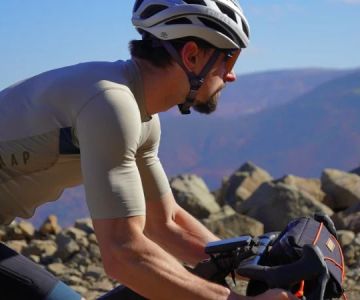
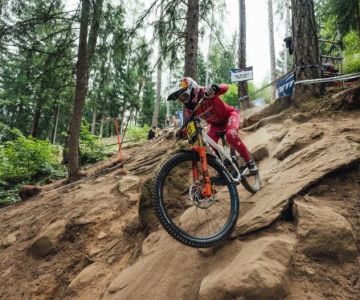
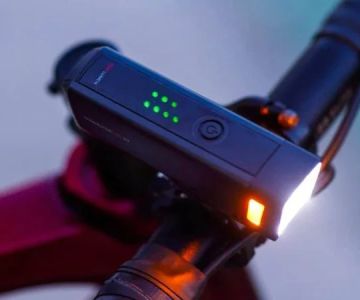
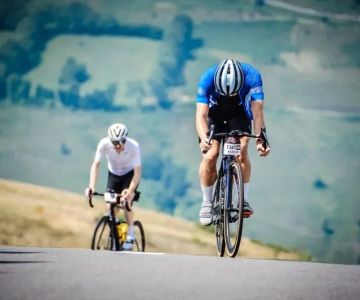
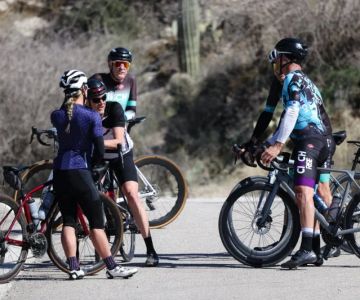
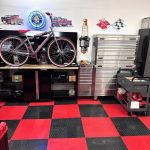 Billet BMX5.0 (2 reviews)
Billet BMX5.0 (2 reviews)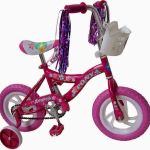 Far East Children Bicycle Factory1.0 (1 reviews)
Far East Children Bicycle Factory1.0 (1 reviews)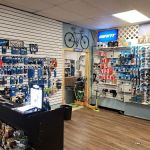 Archer Motorsports, Inc.4.0 (8 reviews)
Archer Motorsports, Inc.4.0 (8 reviews) YEP Bike Works4.0 (55 reviews)
YEP Bike Works4.0 (55 reviews) Gorham Bike & Ski4.0 (498 reviews)
Gorham Bike & Ski4.0 (498 reviews)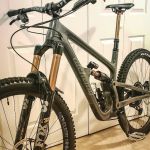 Alchemy Bikes4.0 (37 reviews)
Alchemy Bikes4.0 (37 reviews) How to Teach Kids to Ride a Bike: A Step-by-Step Guide for Parents
How to Teach Kids to Ride a Bike: A Step-by-Step Guide for Parents Tips for Riding on Busy City Streets: Smart Strategies for Urban Cyclists
Tips for Riding on Busy City Streets: Smart Strategies for Urban Cyclists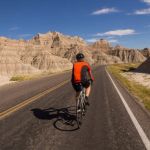 Best US National Parks for Mountain Biking: Ride Epic Trails Across America
Best US National Parks for Mountain Biking: Ride Epic Trails Across America Best Aero Helmets for Time Trials and Racing
Best Aero Helmets for Time Trials and Racing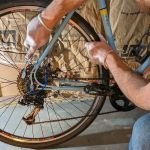 How to Clean and Lubricate Your Bike Chain Like a Pro
How to Clean and Lubricate Your Bike Chain Like a Pro 10 Must-Have Items for Long-Distance Cycling Trips
10 Must-Have Items for Long-Distance Cycling Trips